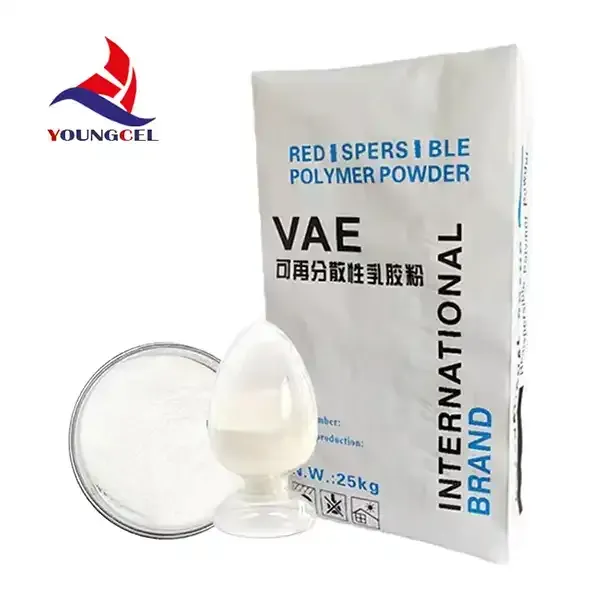Understanding HPMC Prices in the Paint Industry
Hydroxypropyl Methylcellulose (HPMC) is a crucial polymer widely used in the paint and coatings industry. It serves multiple purposes, including acting as a thickener, stabilizer, and film-forming agent. Given its significance, understanding the pricing dynamics of HPMC is vital for manufacturers, suppliers, and consumers alike. This article explores the factors influencing HPMC prices, recent trends, and the implications for the paint industry.
Factors Affecting HPMC Prices
1. Raw Material Costs The production of HPMC involves cellulose, which is primarily derived from natural sources such as wood pulp and cotton. The cost of these raw materials can fluctuate due to environmental conditions, supply chain disruptions, and changes in demand for cellulose-based products. An increase in raw material prices directly impacts the overall production costs of HPMC, which can lead to higher prices for end products, including paints.
2. Manufacturing Processes The complexity of the manufacturing process for HPMC also influences its price. HPMC production requires careful control of various parameters, including temperature and the use of specific chemicals. Innovations and improvements in production efficiency can lower costs, whereas stricter environmental regulations may necessitate more expensive processes, thus pushing prices up.
3. Market Demand The demand for HPMC in the paint industry is often tied to broader economic trends and developments in the construction sector. As construction and renovation activities increase, so does the need for quality paints, leading to higher demand for additives like HPMC. Seasonal variations can also affect demand, making price fluctuations more pronounced during peak building seasons.
4. Geopolitical Influences Political stability in regions that produce key raw materials for HPMC can significantly impact prices. Trade policies, tariffs, and international relationships can alter the supply chain dynamics, resulting in cost increases that are eventually passed down to manufacturers.
5. Competition and Market Structure The HPMC market consists of several key players who compete based on quality, price, and service. The level of competition can lead to price wars, driving prices down. Conversely, if market consolidation occurs, leading to fewer suppliers, prices may increase due to reduced competition.
6. Technological Advancements Ongoing research and development in polymer chemistry can lead to the introduction of more efficient and cost-effective HPMC products. Companies willing to invest in innovation may achieve substantial cost reductions, potentially affecting pricing strategies across the market.
hpmc price for paint

Recent Trends in HPMC Pricing
In recent years, HPMC prices have seen noticeable fluctuations due to various market dynamics. As of late 2023, many manufacturers reported steady demand for HPMC, particularly from the construction and architectural coatings sectors. However, the costs of raw materials and transportation have remained unpredictable, which has contributed to volatility in HPMC pricing.
Moreover, emerging environmental concerns and the push for sustainable products have led to increased R&D investment in bio-based alternatives. While this could initially heighten prices due to development costs, long-term benefits may arise if these alternatives become more mainstream, potentially stabilizing the overall market.
Implications for the Paint Industry
The pricing of HPMC has a direct impact on paint manufacturers and, consequently, consumers. Increased HPMC prices can lead to higher production costs for paints, which may be passed on to consumers in the form of elevated retail prices. For manufacturers, managing HPMC costs is crucial for maintaining profitability. They must balance product performance with cost efficiency to remain competitive.
Furthermore, shifts in HPMC pricing can encourage paint manufacturers to explore alternative additives or formulations. This adaptability may lead to innovations in product formulations that could ultimately benefit consumers by offering better performance or lower costs.
Conclusion
In summary, HPMC plays an indispensable role in the paint industry, contributing significantly to product quality and performance. Understanding the factors driving HPMC pricing is essential for stakeholders aiming to navigate this complex landscape. As the market continues to evolve, staying informed about pricing trends and geopolitical impacts will be key for manufacturers, thereby ensuring their competitiveness and sustainability in an ever-changing market.
-
Rdp Powder: Key Considerations for Wholesalers in the Building Materials IndustryNewsJul.08,2025
-
Key Considerations for Wholesalers: Navigating the World of Hpmc - Based ProductsNewsJul.08,2025
-
Hpmc Detergent: Key Considerations for WholesalersNewsJul.08,2025
-
Key Considerations for Wholesalers: China Hpmc For Tile Adhesive, Coating Additives, Concrete Additives, and MoreNewsJul.08,2025
-
Crucial Considerations for Wholesalers: Navigating the World of Construction MaterialsNewsJul.08,2025
-
Key Considerations for Wholesalers Sourcing Additive For Cement, Additive For Concrete, Additive For Putty from Additive Manufacturer Shijiazhuang Gaocheng District Yongfeng Cellulose Co., Ltd.NewsJul.08,2025




